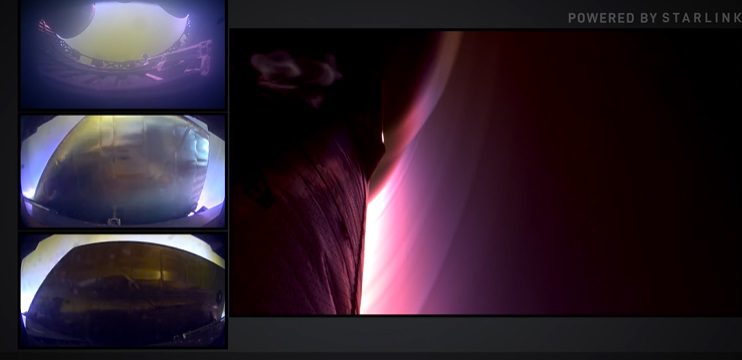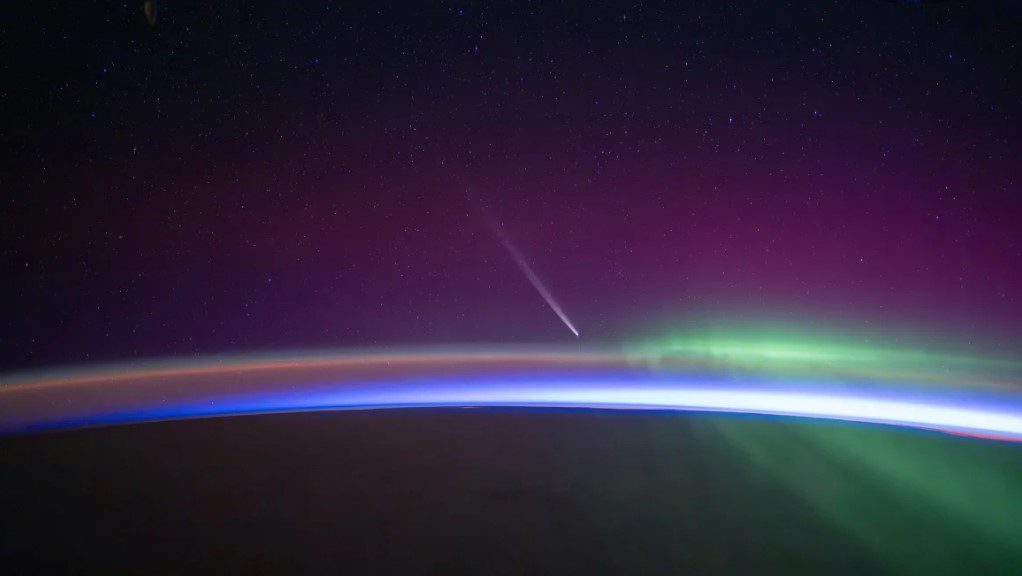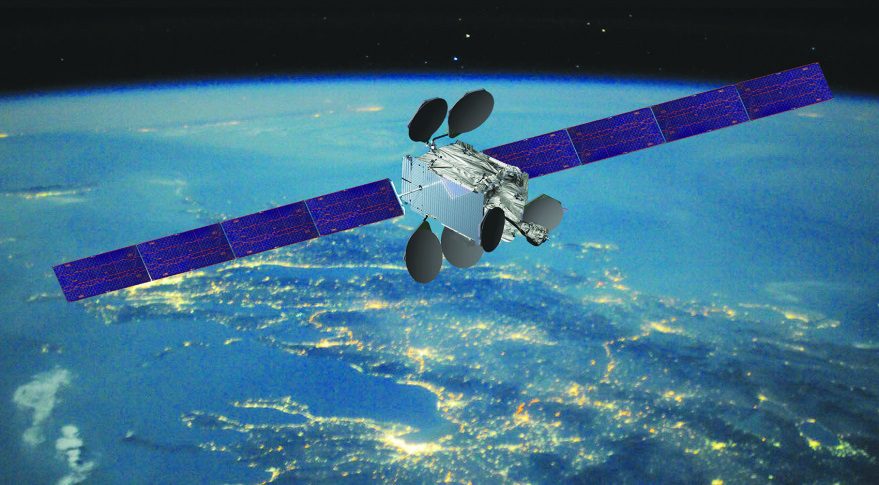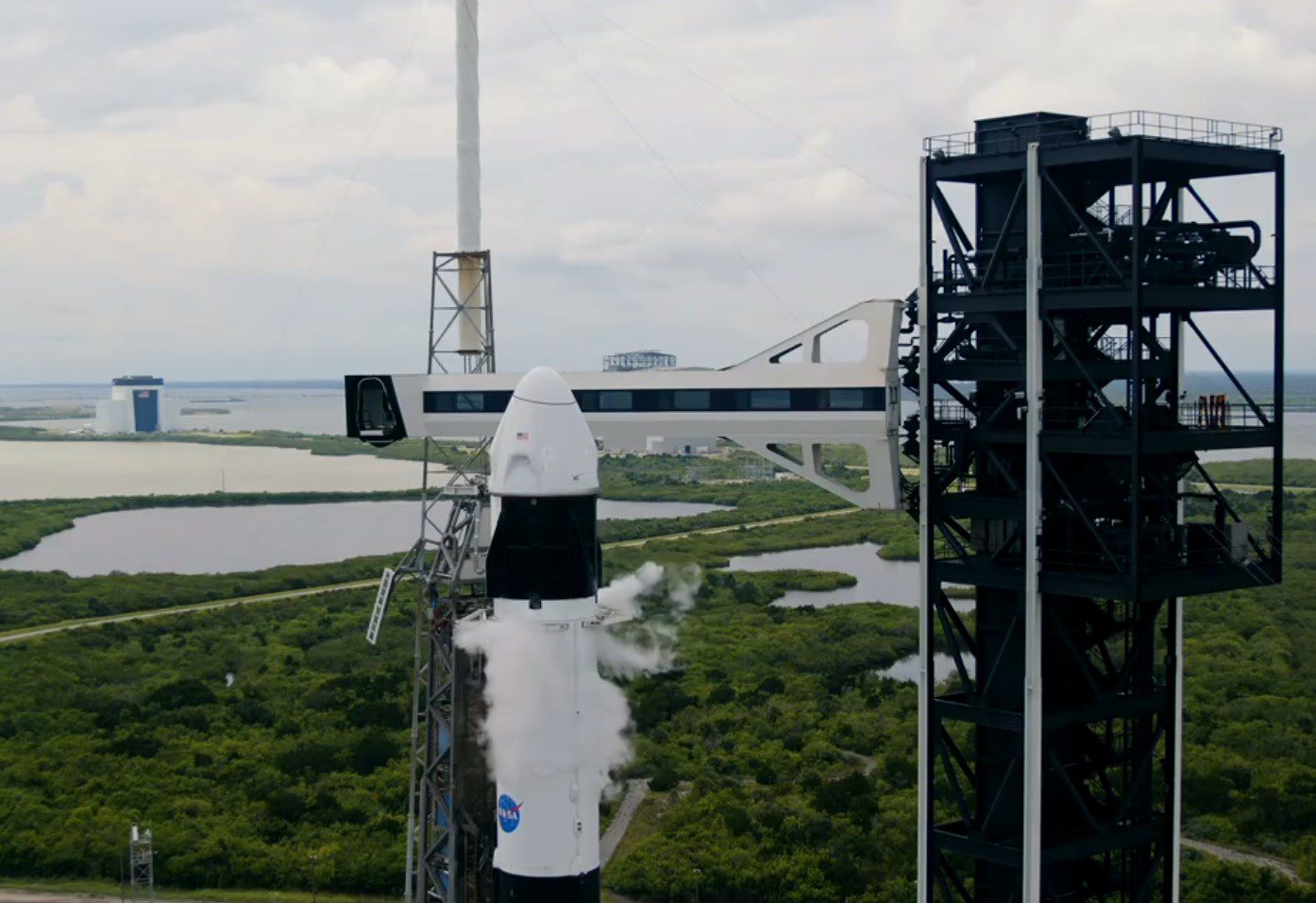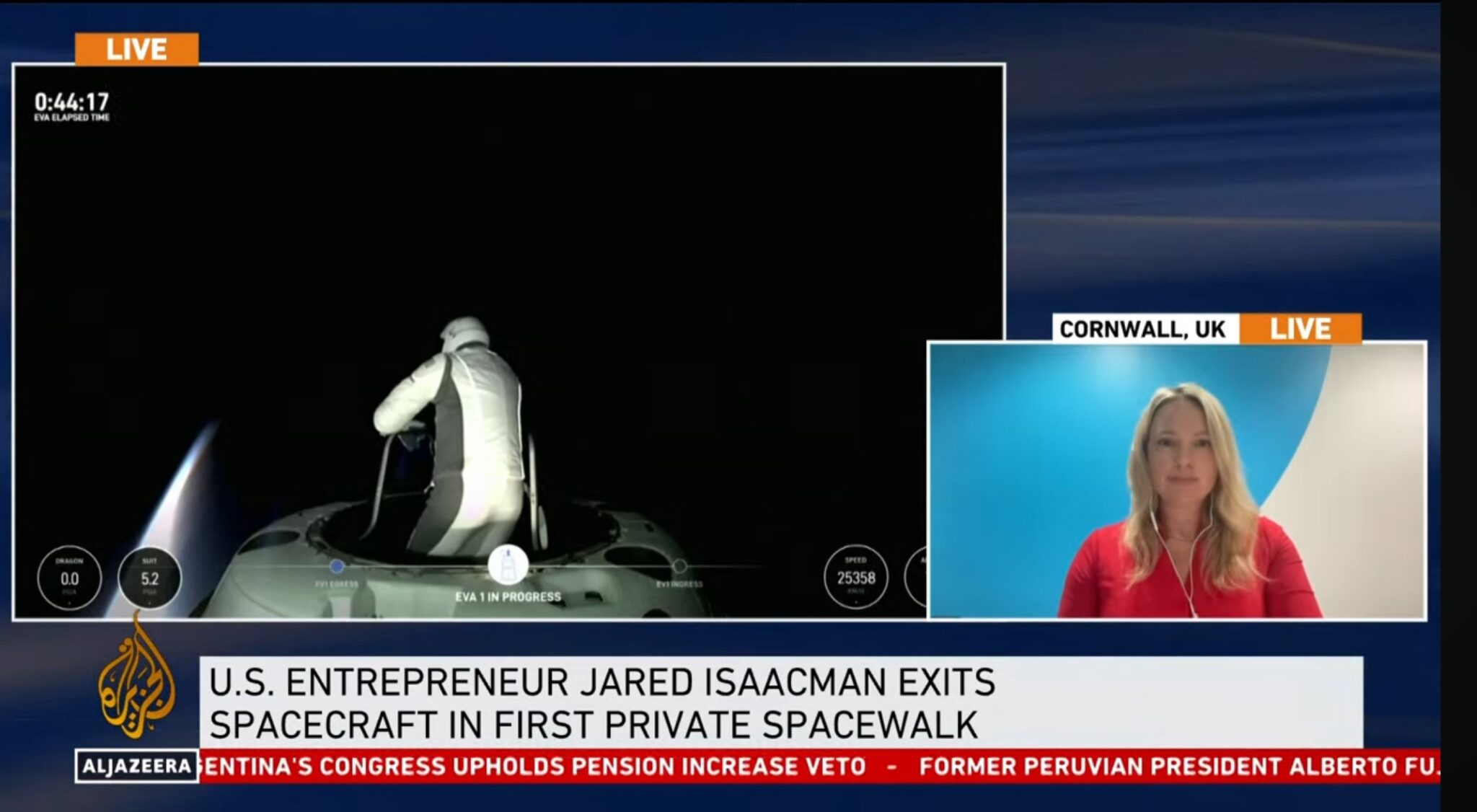International Launch Services (ILS) and UK-headquartered Effective Space has announced that two of its satellite-servicing SPACE DRONE™ spacecraft will be launched into geostationary orbit in 2020 using an ILS Proton launch vehicle. This news follows Effective Space’s signing of a US$100 million multi-year contract with an international satellite operator to provide a new lease of life to aging satellites in orbit.
The ILS Proton Breeze M vehicle will use the standard 4 m payload fairing to launch the two spacecraft into a geostationary orbit. The 400kg SPACE DRONE™ spacecraft will then use their onboard propulsion system to maneuver to their contracted life-extension mission locations, as recently announced.
The SPACE DRONE™ spacecraft has a universal, non-intrusive docking system to rendezvous and dock to the geostationary host satellite. The SPACE DRONE™ spacecraft then uses electric propulsion to take over the station-keeping and attitude-control manoeuvers of the joint stack. Missions include station-keeping, relocation, deorbiting, orbit correction, inclination correction and ‘bringing into use’ (BIU). The ILS Proton Breeze M launch will be the first deployment of Effective Space’s SPACE DRONE™ spacecraft in 2020. Planned fleet expansion will see up to six (6) SPACE DRONE™ spacecraft being sent to orbit on an annual basis. Future phases will see SPACE DRONE™ spacecraft being launched to support low Earth orbit (LEO) constellations, Active-Debris-Removal (ADR) and other logistics in space. “Launching our first two SPACE DRONE™ spacecraft into a geostationary orbit is part of our strong commitment to our first customer, meeting mission timeline and ensuring smooth transition into a life-extension service,” said Arie Halsband, founder and CEO of Effective Space.
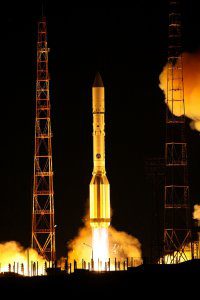
A Proton-M rocket lifts off from Baikonur Cosmodrome carrying BLAGOVEST 1. Courtesy of Roscosmos

